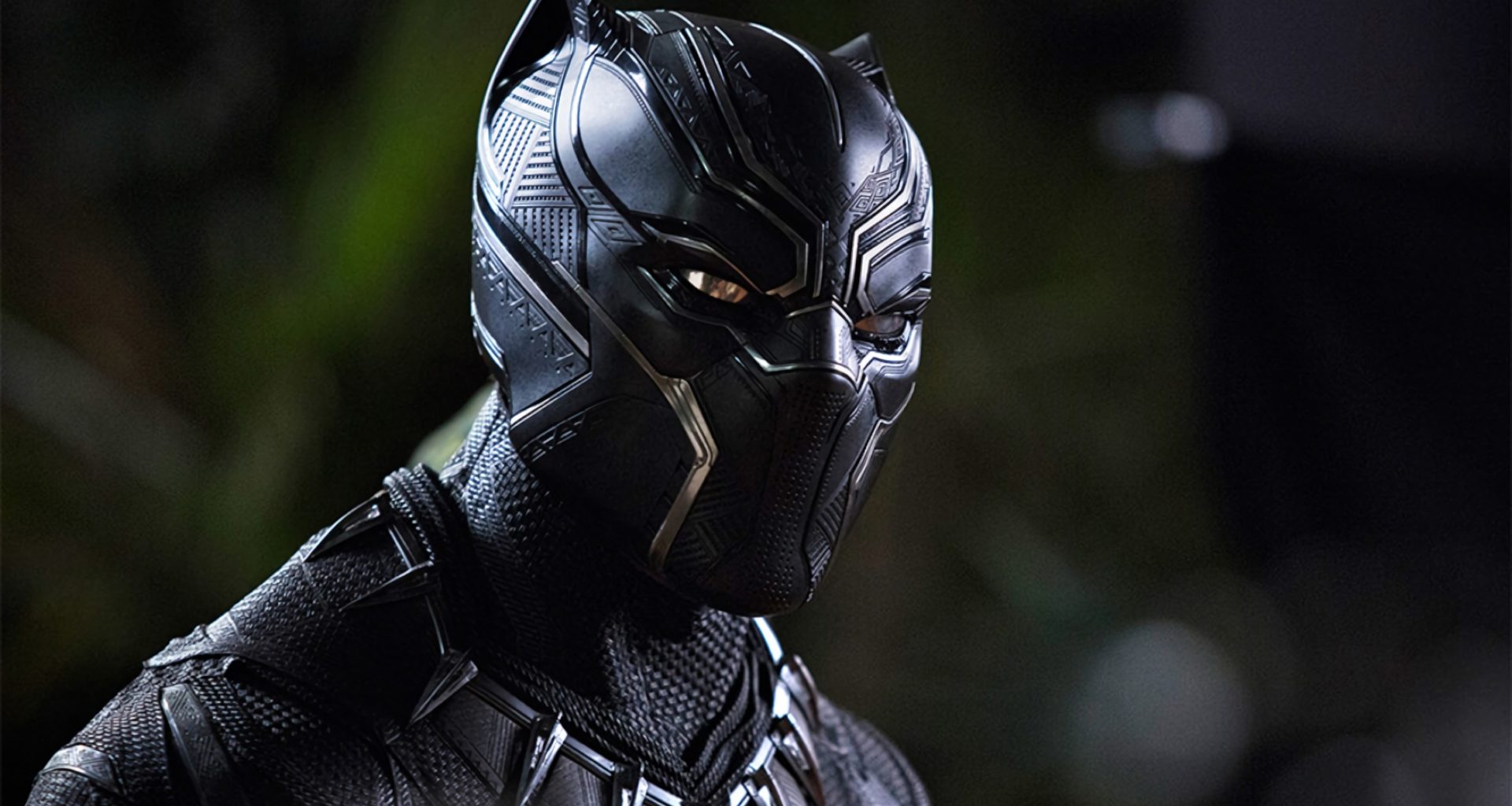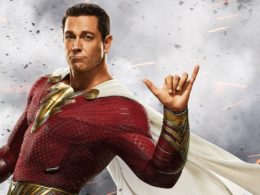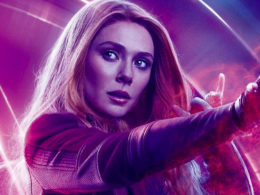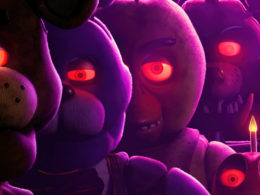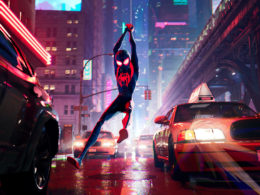Black Panther was a film adored by critics and fans alike because of its fun characters, unique visuals, cultural significance and empowering nature, but did you know the character had already been alluded to in previous Marvel Cinematic Universe films? Or what the Wakanda Salute is based upon? Or that the Wakandan language used in the film is actually real?
The following are some details surrounding the Black Panther movie that you might not have known before.
”Wakanda for-cheddar!”
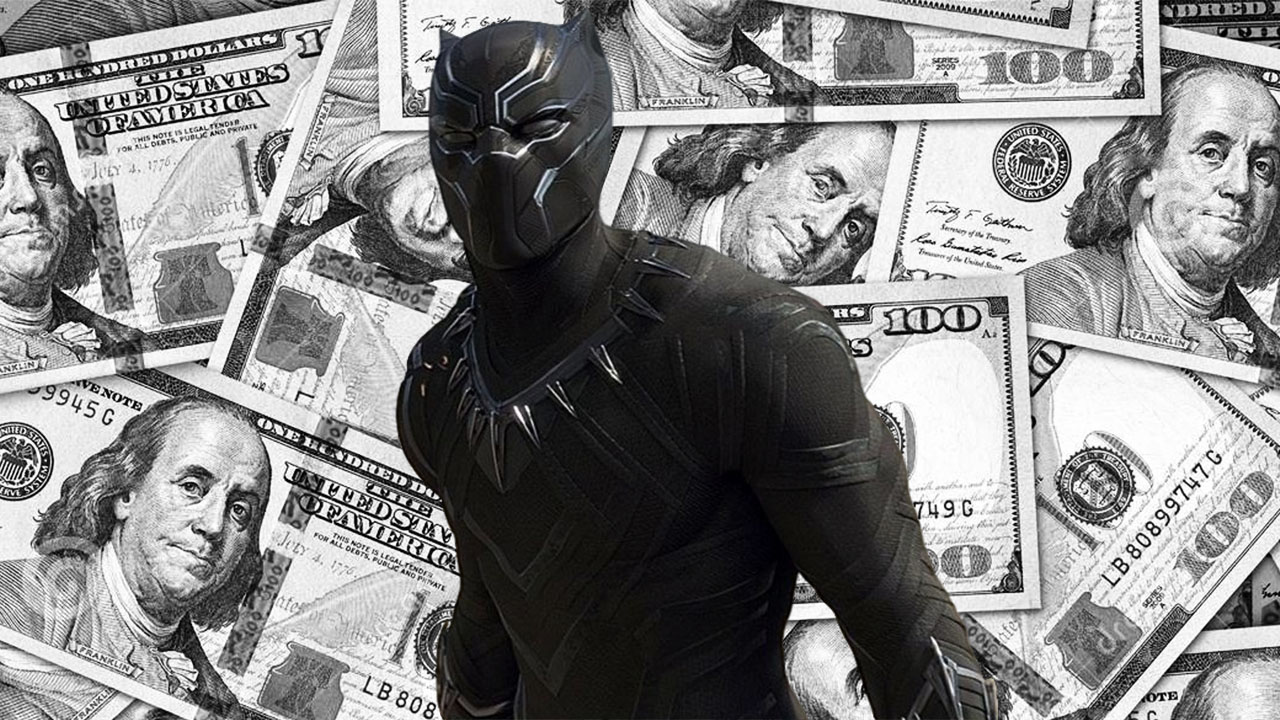

Black Panther wasn’t only a superhero film of enormous cultural impact; it was also a record-setting, box-office machine.
Perhaps the most noteworthy of its monetary achievements? It was the first film in the Marvel Cinematic Universe whose opening weekend domestic box office surpassed the cost of production. Black Panther had a production budget of $200 million; its opening weekend domestic box office was $202 million. (Source: The-Numbers.com)
Overall, Black Panther is the 4th-highest-grossing film of all time domestically ($700,059,566), trailing only Avatar, Avengers: Endgame and Star Wars: Episode VII – The Force Awakens. (Source: Box Office Mojo)
Blade was almost the Black Panther


Long before 2018’s Ryan Coogler-helmed Black Panther set records at the box office, a Black Panther film was in the early stages of development with actor Wesley Snipes, who would later bring Blade the Vampire Hunter to prominence in 1998, as one of the movie’s most enthusiastic proponents.
“I think Black Panther spoke to me because he was noble, and he was the antithesis of the stereotypes presented and portrayed about Africans, African history and the great kingdoms of Africa,” Snipes, hot off the success of early ‘90s hits such as Demolition Man, New Jack City, Passenger 57 and White Men Can’t Jump, said in an interview with The Hollywood Reporter.
The prospective film had the backing of a major movie studio, Columbia and even the blessing of Stan Lee — but never got off the ground after a series script rewrites and the visions of proposed directors such as John Singleton clashing with the technological and superheroic aspects of Black Panther’s character.
“I am loosely paraphrasing our conversation,” Snipes continued. “But ultimately, John wanted to take the character and put him in the civil rights movement. And I’m like, ‘Dude! Where’s the toys?! They are highly technically advanced, and it will be fantastic to see Africa in this light opposed to how Africa is typically portrayed.”
It would’ve been interesting to see Snipes in the role of Wakanda’s protector, but in retrospect, the timing and cultural importance of the film wouldn’t have been as propitious to the movie in the early ‘90s as they were in 2018. Still, things worked out — Snipes went on to carry the successful Blade franchise, which in many ways, planted seeds for the incredible success of the Marvel Cinematic Universe today.
Now you’re speaking my language
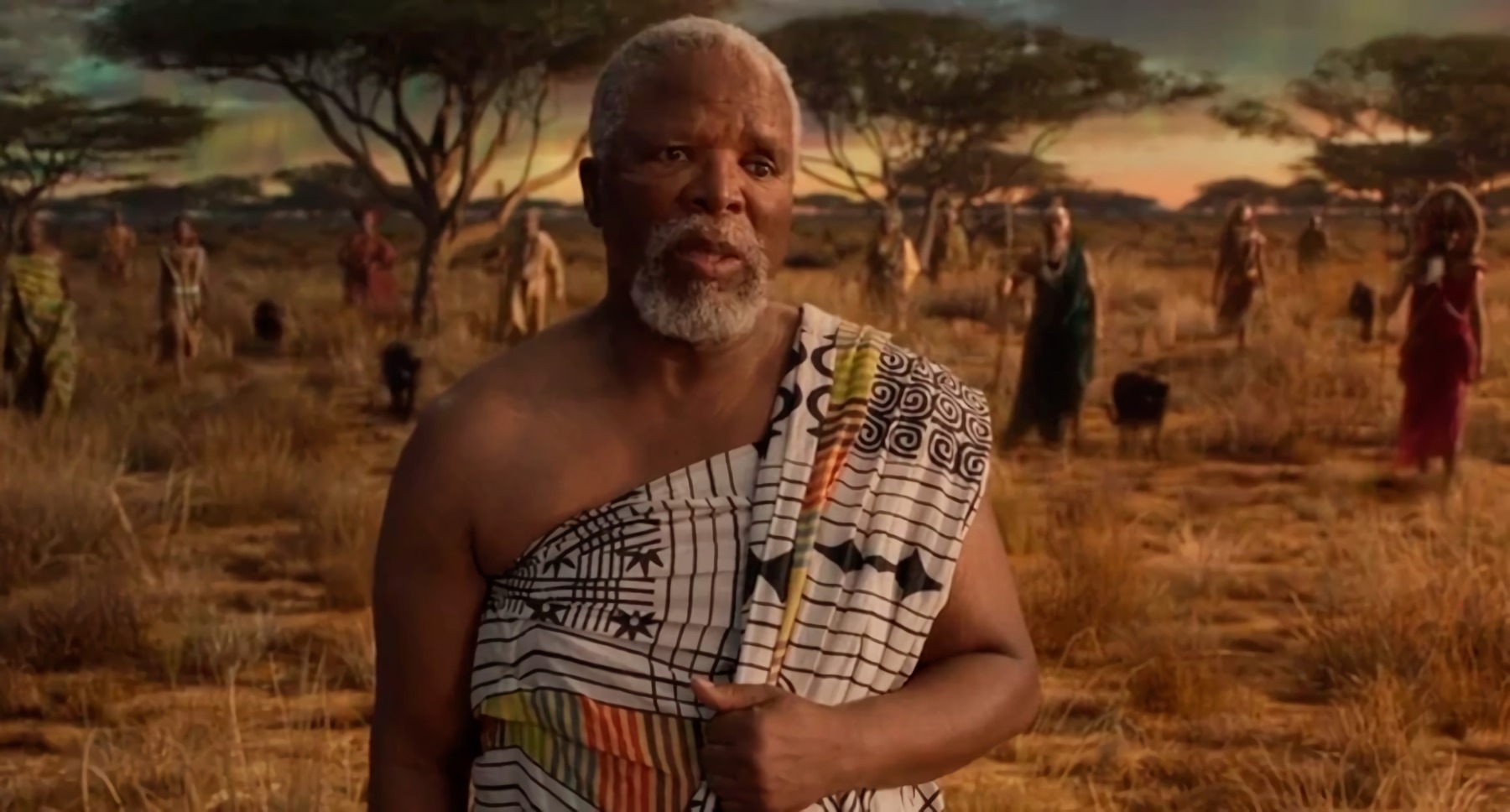

Wakanda may be a fictitious country, but the language the Wakandans speak in Black Panther is far from fake — it’s called isiXhosa or Xhosa, a Nguni Bantu language which is one of the official languages of South Africa and Zimbabwe.
Xhosa is a language native to both Nelson Mandela and John Kani, the latter of whom played T’Challa’s father, T’Chaka in Captain America: Civil War and Black Panther.
Adored ones
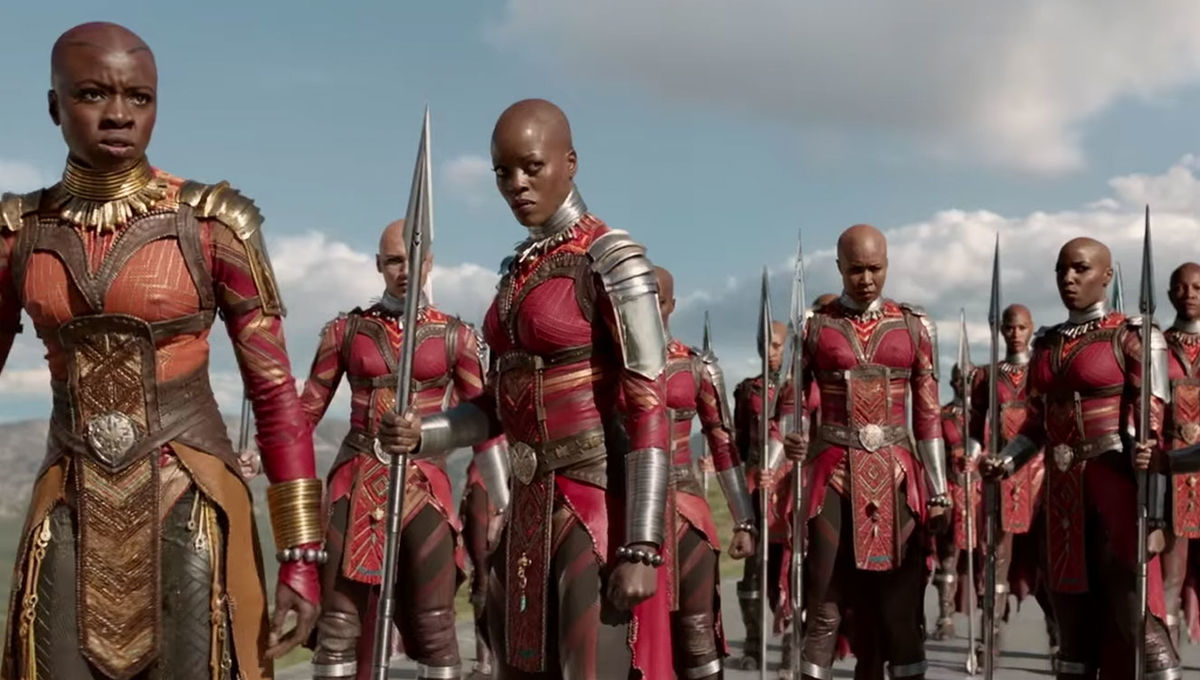

The Dora Milaje are the spear-touting, bald-headed elite female warriors who serve as the Black Panther’s bodyguards.
The name translates to “The Adored Ones.” In the comic books, the strongest female warriors are sent from each village to train and join the Dora Milaje ranks.
Flag symbolism
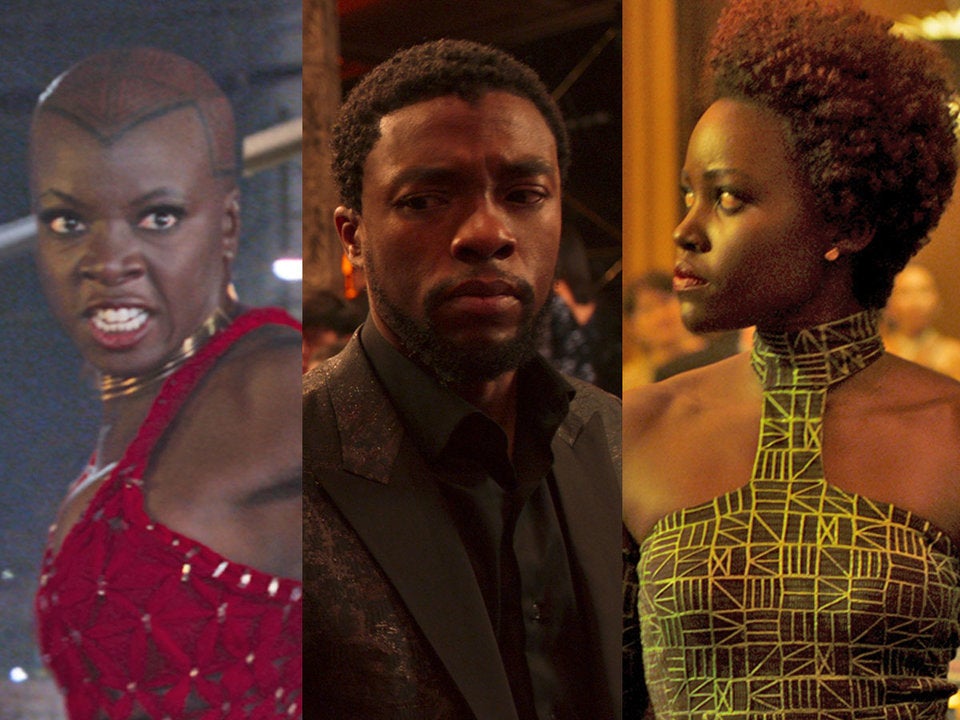

The clothing that T’Challa, Nakira and Okoye wear while pursuing Ulysses Klaue in South Korea aren’t purely cosmetic. There’s symbolism behind the clothes they’re wearing.
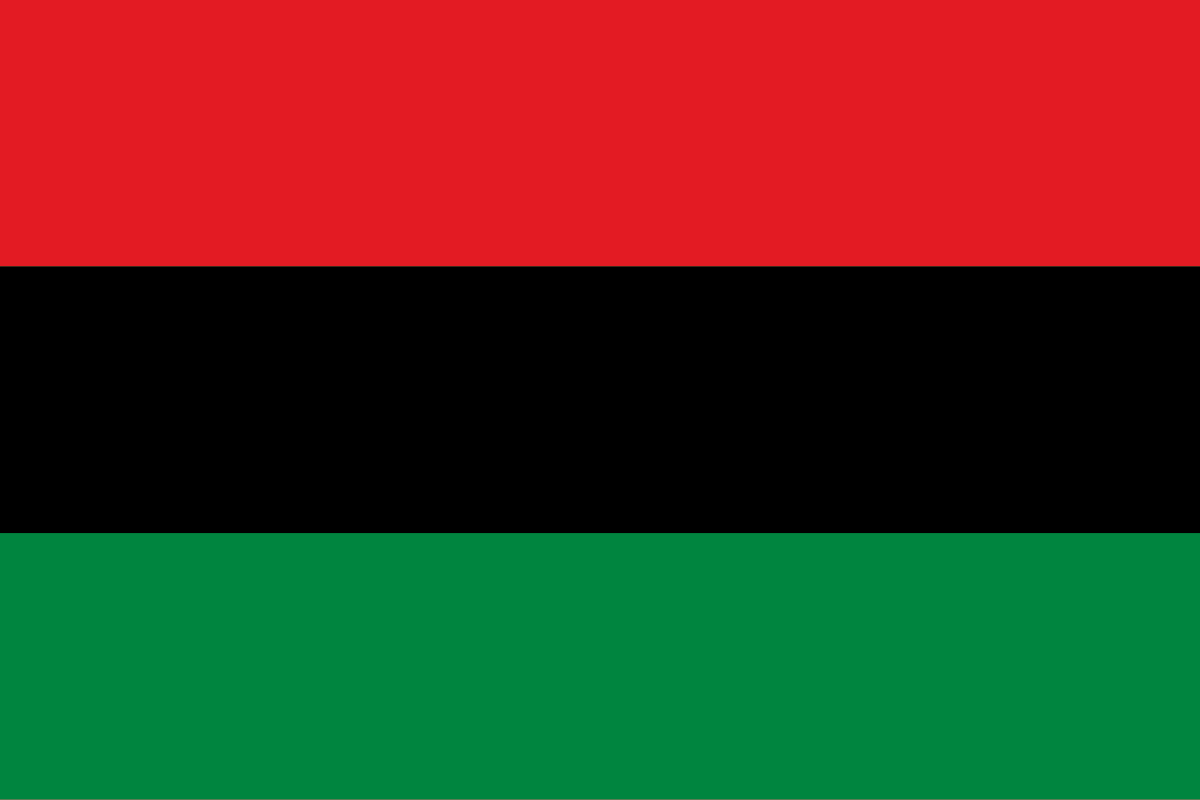

Director Ryan Coogler revealed in a Vanity Fair “Notes on a Scene” interview that the colors of the clothing the three wear in the casino fight scene represent the red, black and green of the Pan-African flag.
The inspiration for the Wakanda salute
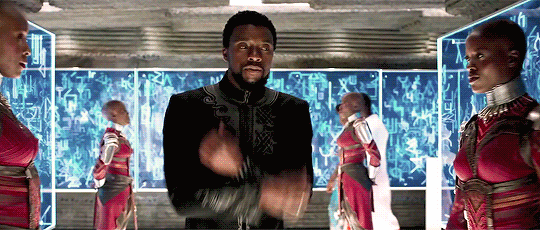

“Wakanda forever!”
In the Black Panther Blu-ray director’s commentary, Ryan Coogler explains the basis for the Wakanda salute comes from the posture of Egyptian pharaoh and West African sculptures as well as the symbol for “love” and “hug” in American Sign Language.
“We bury him, we wanted him to experience death, and you see he gets buried kind of similar to a lot of poses that you’ll see from statues from the continent,” Coogler said in the commentary. “We kinda got it from the pharaohs and the West African sculptures that you’ll see, with the arms folded over like that. It also means a ‘hug’ or ‘love’ in ASL, American Sign Language.”
Black Panther Easter Eggs in previous MCU movies
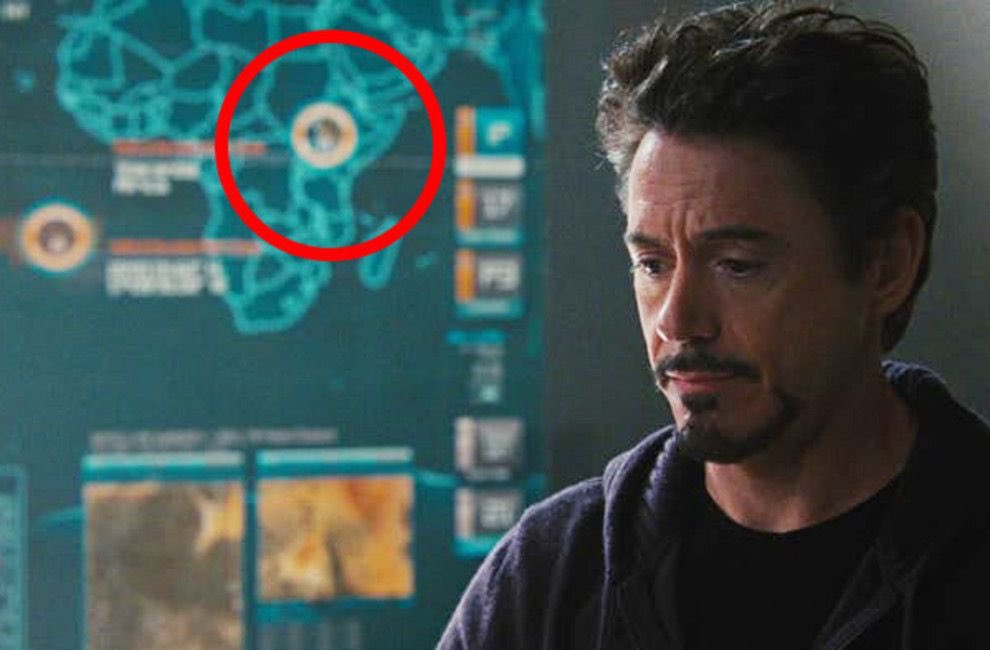

As we know, Black Panther’s first film was released in 2018 — but constituents of the character were alluded to long before that.
Vibranium was first acknowledged in Captain America: The First Avenger (2011). Howard Stark, Tony’s father, mentions the rarest metal on Earth during a conversation when Captain America is issued his trademark shield for the very first time.
“It’s stronger than steel and a third of the weight. It’s completely vibration absorbent.”
“How come it’s not standard issue?”
“That’s the rarest metal on Earth. What you’re holding there, that’s all we’ve got.”
Captain America: The First Avenger
Black Panther’s home country of Wakanda is first shown in Iron Man 2 (2010). During a discussion between Nick Fury and Tony Stark regarding Tony’s involvement with the Avengers, Wakanda can be seen on a S.H.I.E.L.D. map display.
Black Panther himself first appears in Captain America: Civil War (2016), where he seeks revenge against Bucky Barnes, who has been framed for the murder of T’Challa’s father, T’Chaka during the bombing of the Vienna International Centre.
Which Black Panther fact or Easter Egg was your favorite? Did we miss any important ones? Let us know in the comments.





